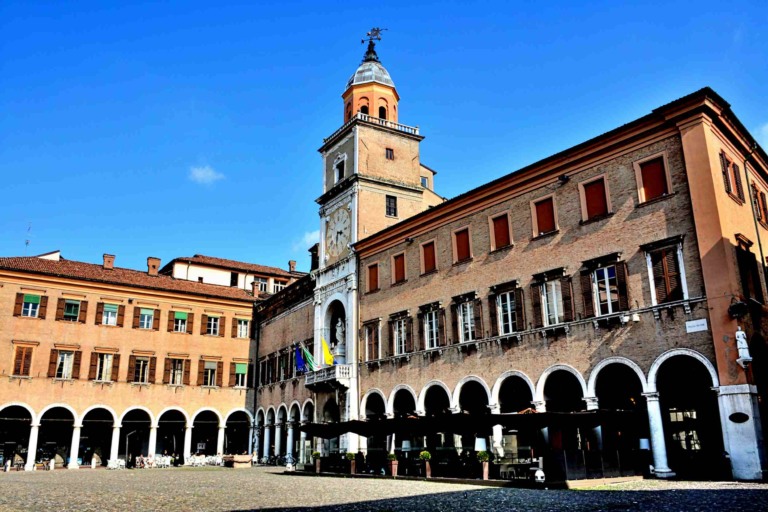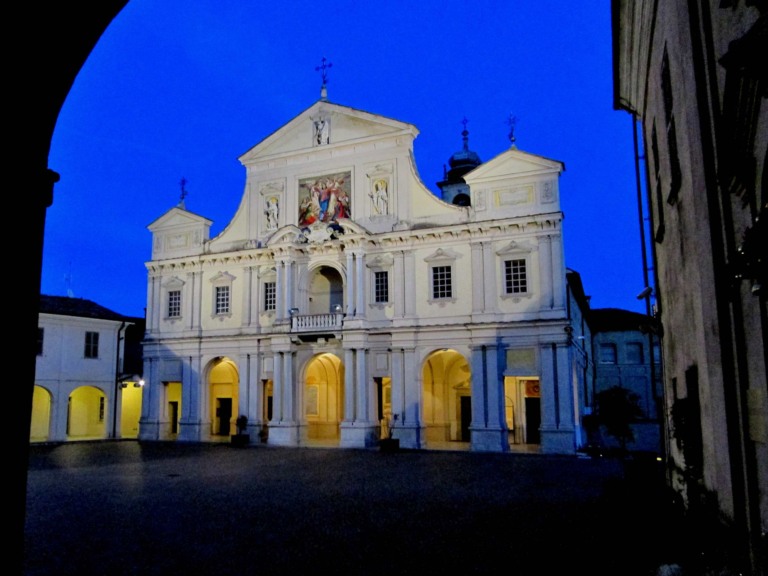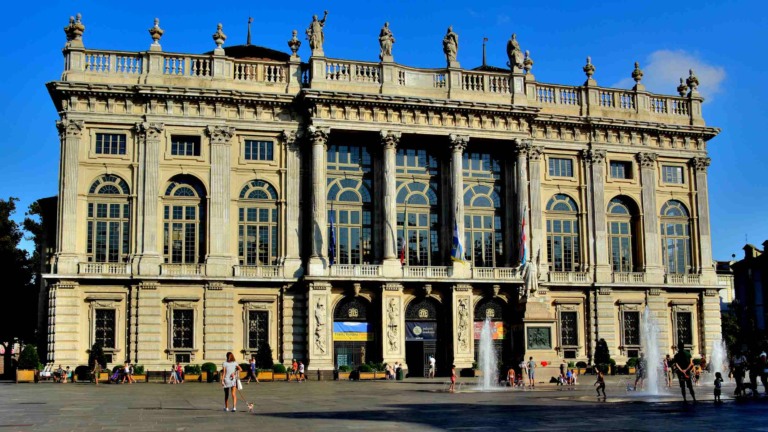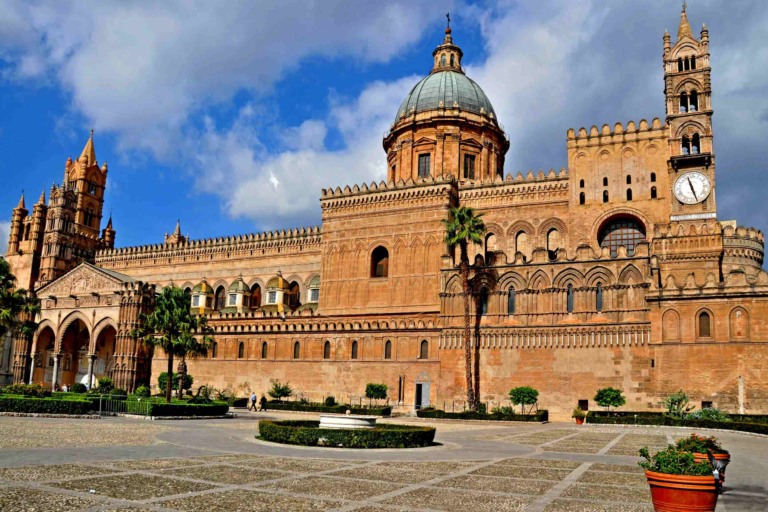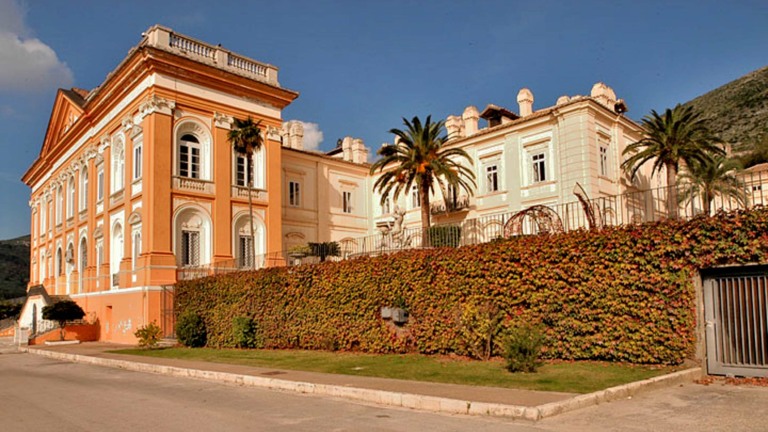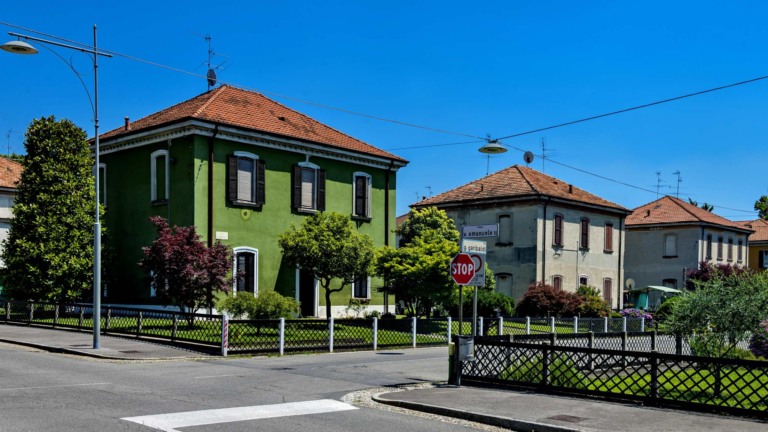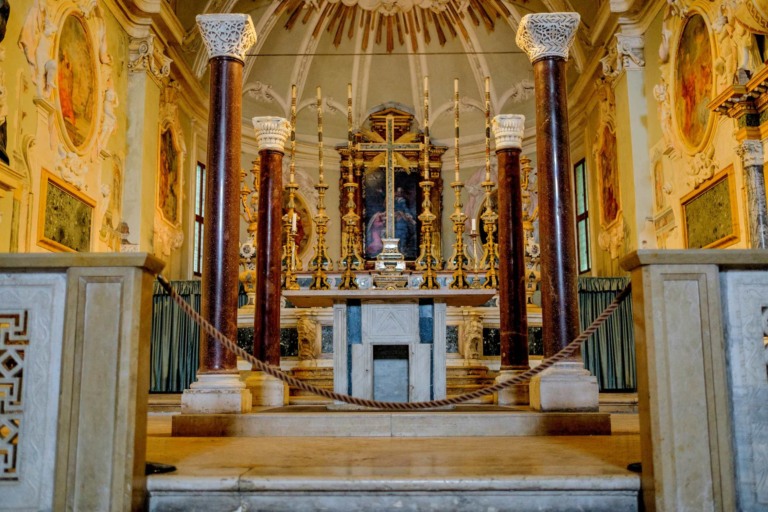Things to do in Aquileia: The Archaeological Area and the Patriarchal Basilica of Aquileia, located in the Friuli-Venezia Giulia region of Italy, is a UNESCO World Heritage Site recognized for its historical and cultural significance. Here’s more information about this remarkable site:
Archaeological Area and the Patriarchal Basilica of Aquileia
Archaeological Area of Aquileia
1. Roman Port and Wharf: Aquileia was founded as a Roman colony in 181 BC and served as an important military and commercial port. The archaeological site includes the remains of the Roman port and its wharf, offering insights into ancient maritime activities.
2. Forum: The forum of Aquileia is one of the largest in the Roman world. It was the political, religious, and economic center of the city. Visitors can see the ruins of temples, basilicas, and other structures that once adorned the forum.
3. Roman Houses: Several well-preserved Roman houses have been excavated in Aquileia. These houses provide a glimpse into the daily lives of the city’s inhabitants during Roman times.
4. Roman River Harbor: The ancient river harbor of Aquileia was a key transportation hub, connecting the city to other parts of the Roman Empire. The archaeological remains of this harbor can still be seen.
5. Early Christian Basilica: Aquileia was an important center for early Christianity, and its early Christian basilica is a significant attraction. The basilica contains beautiful mosaic floors and early Christian art, including frescoes and sculptures.
Patriarchal Basilica of Aquileia
6. Historical and Religious Significance: The Patriarchal Basilica of Aquileia is one of the most important religious buildings in northern Italy. It has been a place of Christian worship for over 1,600 years.
7. Architectural Grandeur: The basilica showcases a blend of architectural styles, including Roman, Early Christian, and Byzantine elements. Its impressive interior features intricate mosaics, marble columns, and a stunning gold-plated altarpiece.
8. Mosaics: The basilica is renowned for its extraordinary mosaics, including the famous “Tree of Life” mosaic, which is one of the largest and most detailed early Christian mosaics in existence.
9. Climb to the Top: Visitors can climb to the top of the basilica’s bell tower for panoramic views of the surrounding countryside and the archaeological site.
10. Pilgrimage Site: The basilica is a significant pilgrimage site for Christians and a place of spiritual reflection and worship.
Together, the Archaeological Area and the Patriarchal Basilica of Aquileia provide a comprehensive look into the history, art, and culture of this ancient city, which once played a crucial role in the Roman Empire and early Christianity. The site’s well-preserved ruins and magnificent basilica make it a must-visit destination for history enthusiasts and travelers interested in exploring Italy’s rich heritage.
Things to do in Aquileia Archaeological Area
Aquileia, a town in the Friuli-Venezia Giulia region of Italy, is steeped in history and offers several fascinating attractions for visitors interested in archaeology, ancient architecture, and religious heritage. Here are some things to do in Aquileia:
11. Visit the Patriarchal Basilica: Explore the stunning Patriarchal Basilica of Aquileia, a UNESCO World Heritage Site. Admire its impressive architecture, intricate mosaics, and early Christian art. Don’t miss the “Tree of Life” mosaic.
12. Archaeological Area: Discover the ruins of the ancient Roman city in the archaeological area. Explore the Roman port and wharf, the forum with its temples and basilicas, and well-preserved Roman houses.
13. Aquileia National Archaeological Museum: Located near the archaeological site, this museum houses a rich collection of artifacts from Aquileia’s Roman and early Christian periods. It provides valuable context for the site’s ruins.
14. Basilica Bell Tower: Climb to the top of the basilica’s bell tower for panoramic views of the town and surrounding countryside. It’s a great way to appreciate the layout of the ancient city.
15. Catacombs of Aquileia: Explore the underground catacombs, which were used for Christian burials. The catacombs feature early Christian art and inscriptions and offer a unique glimpse into early Christian practices.
16. Aquileia River Harbor: Visit the remains of the ancient river harbor, which was a crucial trade and transportation hub during Roman times. The archaeological site showcases ancient infrastructure.
17. Aquileia’s Town Center: Stroll through Aquileia’s charming town center. Enjoy the tranquil atmosphere, quaint streets, and local cafes and restaurants.
18. Aquileia’s Lagoon: Take a walk or bike ride along the banks of the nearby lagoon. The lagoon is a serene natural area with beautiful views.
19. Cycling and Hiking: Explore the surrounding countryside by bike or on foot. There are cycling routes and hiking trails that offer opportunities to enjoy the region’s natural beauty.
20. Attend Cultural Events: Check if there are any cultural events, exhibitions, or religious festivals happening during your visit. Aquileia hosts various events throughout the year.
21. Local Cuisine: Savor traditional Friulian dishes in local restaurants. Try seafood dishes, regional wines, and local specialties.
22. Day Trips: Aquileia is conveniently located for day trips to nearby towns and attractions. Consider visiting Grado, a nearby coastal town known for its beaches, or Palmanova, a well-preserved star fort.
Aquileia offers a unique blend of ancient history, religious heritage, and natural beauty. Whether you’re interested in archaeology, art, or simply enjoying the peaceful ambiance, this historic town has much to offer for a memorable visit.
How to get from Rome to Aquileia
Traveling from Rome to Aquileia, which is located in the Friuli-Venezia Giulia region of Italy, typically involves a combination of train and bus or train and taxi. Here’s a general outline of how to get there:
Option 1: Train and Bus
23. Train from Rome to Venice: Start by taking a high-speed train (Frecciarossa or Italo) from Rome’s main train station, Roma Termini, to Venice’s Santa Lucia train station. The journey takes around 3 to 4 hours.
24. Train from Venice to Udine: Once you arrive in Venice, take a train to Udine, a major city in the Friuli-Venezia Giulia region. Trains run regularly, and the journey typically takes around 1.5 to 2 hours.
25. Bus from Udine to Aquileia: From Udine’s train station, you can catch a regional bus to Aquileia. The bus ride takes approximately 30 to 40 minutes.
Option 2: Train and Taxi
26. Train from Rome to Venice: Take a high-speed train from Rome’s Roma Termini to Venice’s Santa Lucia train station. This journey takes around 3 to 4 hours.
27. Train from Venice to Portogruaro-Caorle: From Venice, take a train to Portogruaro-Caorle train station. The journey typically takes around 1.5 to 2 hours.
28. Taxi from Portogruaro-Caorle to Aquileia: From Portogruaro-Caorle, you can arrange for a taxi to take you to Aquileia. The distance is approximately 35 kilometers (22 miles), and the taxi ride should take around 30 to 40 minutes.
Please note that train schedules and availability may vary, so it’s a good idea to check timetables and book your tickets in advance, especially during peak travel seasons. Additionally, be sure to verify current transportation options and connections at the time of your trip, as they may change.

